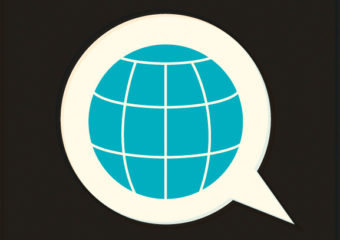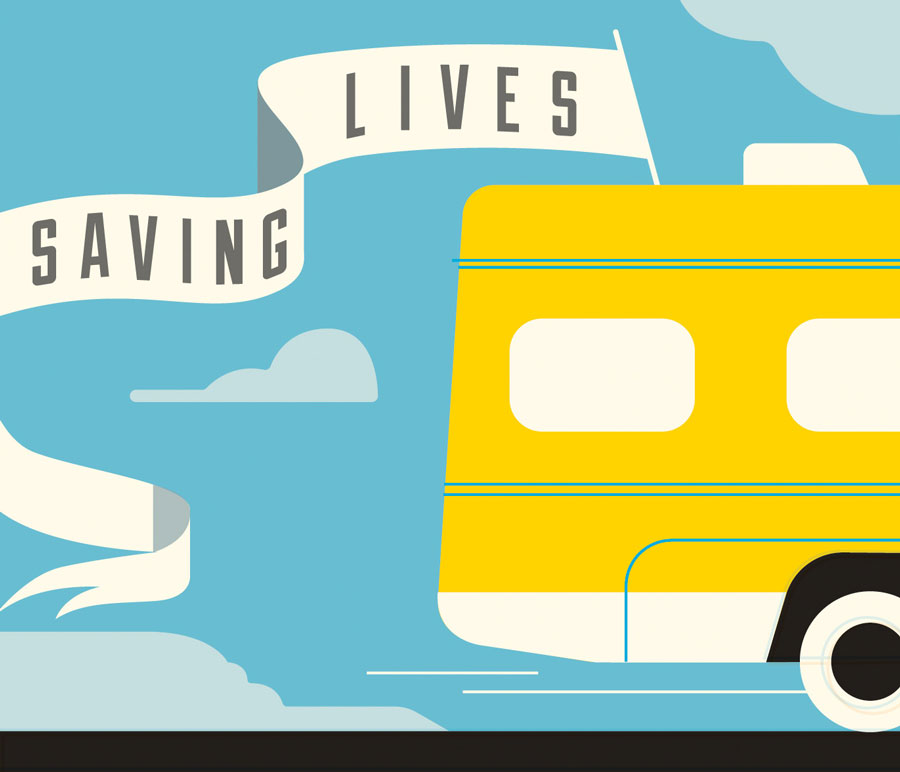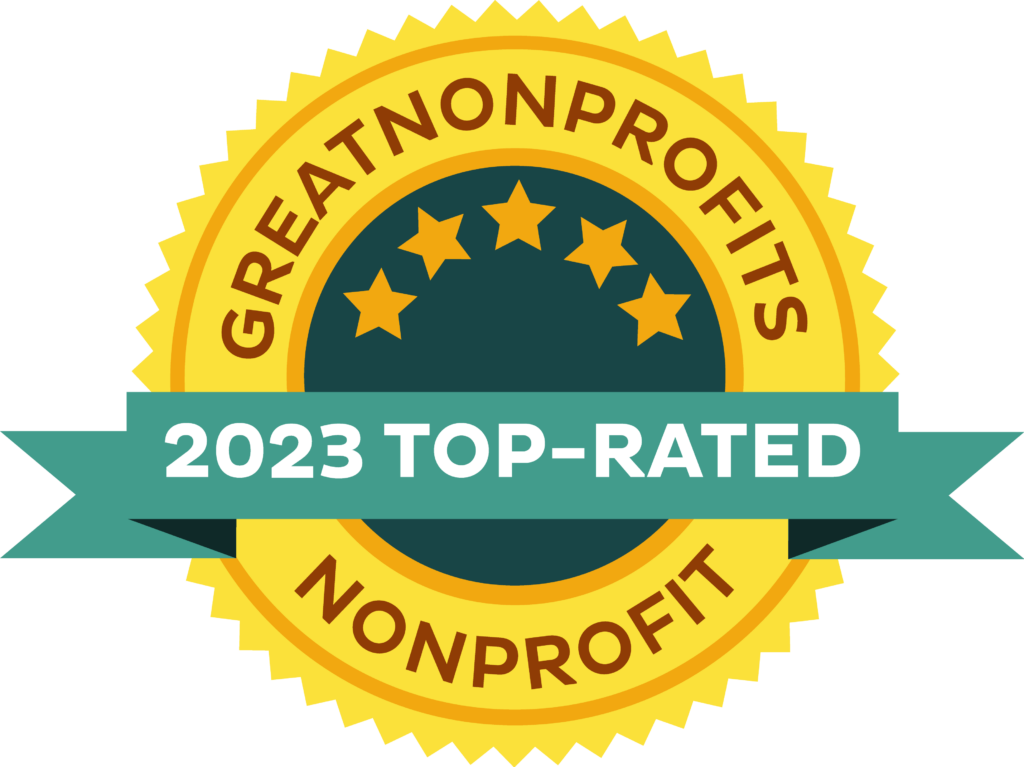Since it was founded in 1979, The Skin Cancer Foundation has made numerous groundbreaking contributions to the prevention, detection, diagnosis and treatment of skin cancer. Here, we highlight our top 10 list of landmark achievements, in roughly chronological order, plus a bit of my personal perspective. Cheers to making a difference!
Illustrations by Harry Campbell
1
We set the SPF standard and raised the bar.
In the late 1970s, almost no one was promoting sun protection, and the Foundation was among the first to raise the red flag. Though Swiss researcher Franz Greiter had developed the concept of SPF (sun protection factor), the first products had low SPFs of 2 or 4. They were introduced to the U.S. market in 1978, designed to be “tanning enhancers” that helped you darken without burning. In the early ’80s, the Foundation took SPF up a big notch by creating a Photobiology Committee of experts who helped us establish SPF 15 as the minimum standard for adequate sun protection.
Mark’s takeaway: At a time when tanning ruled, we essentially yanked people’s heads out of the sand, making them see the truth. Medical literature showed that tanning as well as burning damaged the skin’s DNA, and that it took at least an SPF of 15 to prevent both. Many people were shocked and angry to learn that a tan wasn’t healthy and that the sun could lead to skin cancer. This was a forward-thinking first step to raise awareness about the need for sun protection, even though it was a hard sell for veteran sun worshippers.
2
We established the Seal of Recommendation.
The Foundation’s Photobiology Committee established our Seal of Recommendation in 1981 for sunscreen products, requiring a minimum SPF of 15 and acceptable results for phototoxic reactions and contact irritancy. Later, we divided the sunscreen Seal into two categories, with a minimum SPF of 15 for “daily use” and 30 for “active,” extended sun exposure, and added a standard for broad-spectrum protection (see #8). We also recognized that other types of sun protection are vital, and in addition to products containing sunscreen, the Seal of Recommendation program now also includes UPF-rated fabric for clothing, hats, awnings and umbrellas, plus protective eyewear, window film and glass.
Mark’s takeaway: The Seal of Recommendation was the first and remains the only universally recognized standard certifying the safety and effectiveness of sun protection products. Others have tried to start such a Seal and have failed, while our program has continued to grow and gain stature, overseen by our Photobiology Committee members, who volunteer their time and are among the foremost authorities on sun protection in the world. Today, nearly 100 brands are represented in our Seal program.
3
We funded groundbreaking research (and still do).
Since 1981, generous donors to The Skin Cancer Foundation’s Research Grants program have allowed us to give young physicians and investigators stipends for studies that may lead to important breakthroughs. A study funded by a 2006 grant on blocking opioid receptors in habitual tanners showed that they literally went through withdrawal symptoms, proving that indoor tanning can be physically addictive. A 2007 grant helped lead to the first FDA-approved drug to treat dangerous Merkel cell carcinoma (MCC). A 2011 grant helped researchers develop safer ways to combine targeted therapy and checkpoint blockade immunotherapy — the two main forms of therapy for advanced melanoma. In 2018, our grant to Anna Nichols, MD, helped her publish research showing that the human papillomavirus vaccine could be harnessed to treat serious squamous cell carcinoma (SCC).
Mark’s takeaway: The study findings spurred by our Research Grants program have shown how vital it is to fund early research: In all the instances when those grants led to major milestones, the brilliant young investigators who led them have told me that the breakthroughs would not have happened without our initial, formative funding. We were the first drop of water that sent out ripples in the pond, attracting larger grants from the likes of the National Cancer Institute, which allowed more advanced research that led to major achievements.
4
We advanced the latest treatments for skin cancer.
We have always championed revolutionary strategies for the treatment of skin cancer that ultimately became state of the art. About a decade before he started the Foundation, Dr. Robins created the first fellowship training program to teach Mohs surgery to dermatologists. The technique is done in stages, including lab work, while the patient waits. This allows the removal of all cancerous cells for the highest cure rate while sparing the greatest amount of healthy tissue and leaving the smallest possible scar. While there was resistance to the technique at first, Dr. Robins and the Foundation helped to educate people about its value and changed minds. Today it is considered the gold standard for treating many basal cell carcinomas (BCCs) and SCCs, the two most common types of skin cancer.
In 1992, when Donald Morton, MD, pioneered the sentinel node biopsy technique for early detection of melanoma metastases to the lymph nodes, we worked closely with him to introduce it in The Melanoma Letter, our newsletter for medical professionals covering the latest trends and research. We promoted further research on it, until it was proven to be tissue-saving and lifesaving — and embraced by most dermatologists and oncologists. When John Kirkwood, MD, developed the first FDA-approved adjuvant treatment for high-risk stage II and III melanoma, we not only headlined the technique in The Melanoma Letter but sent him on tour around the U.S. We presented early research on immunotherapies and targeted therapies that were later FDA-approved, and today they form the backbone of treatment for advanced melanoma, extending and saving the lives of patients whose cases once would have been hopeless. Those therapies are now extending to treatments for advanced BCC, SCC and MCC, as well as other types of cancers.
Mark’s takeaway: When President Ronald Reagan had Mohs surgery for a BCC on his nose in 1985, Dr. Robins appeared on TV to raise awareness about the procedure and the Foundation’s efforts to educate the public on the importance of early detection and effective treatment. It was a PR coup!
When I started at the Foundation in 1992, not a single effective treatment had been FDA-approved for advanced melanoma. Now, between the approximately half dozen BRAF-targeted therapies and half dozen checkpoint blockade therapies developed in the past decade, patients who once died within months are often living for years, essentially cured.
5
We made skin cancer a global discussion.

Mark’s takeaway: Our World Congress has helped physicians and researchers from all over the world interact and stay up to date on breakthrough discoveries in the prevention, diagnosis and treatment of all types of skin cancer. Its success shows that even in the digital age, many physicians see the value of face-to-face exchange of information.
6
We popularized the ABCDEs of melanoma.

Mark’s takeaway: Through our educational efforts, we played a leading role in making the ABCDs and then the ABCDEs of melanoma part of the popular consciousness. The acronym became widely adopted as an easy-to-remember method of melanoma detection, and we’ve heard from many melanoma patients who say the ABCDEs helped save their lives. (Be aware, however, that certain melanomas, called amelanotic, may have no color at all.) Today, as part of our focus on early detection, we have also recently added the word “dark” to the letter D, to remind people to look for any lesion, no matter what size, that is darker than others.
7
We hit the road for early detection.
In 2007, the Foundation created the Road to Healthy Skin Tour to offer free total-body skin cancer screenings around the country, given by dermatologists who volunteered their time. The program ran through 2015. In 2017, we rebooted this lifesaving effort, bigger and better, as Destination Healthy Skin, and we were thrilled when its kickoff was featured live on NBC’s Today show. The SCF’s mobile skin cancer education and screening program features a customized 38-foot RV with two screening rooms and a waiting room. In its first two years, it has logged thousands of miles around the U.S. and has helped detect skin cancers in people who otherwise might not have been screened. This program has continued to attract broadcast, print and digital media coverage in all its local stops.
Mark’s takeaway: Saving lives is why we exist, and our mobile screening and education programs have given us plenty of proof we’re doing that. In the decade-plus these programs have been on the road, our screeners have found thousands of potential skin cancers, including hundreds of suspected melanomas, which otherwise might not have been discovered until they’d progressed to a far more dangerous stage. We receive heartfelt letters of thanks from these patients. In addition, in 2019 we introduced “The Big See®,” our exciting early detection campaign for all types of skin cancer, which we hope will save even more lives.
8
We sounded the alarm about UVA rays and the importance of broad-spectrum protection.
When the Foundation began, popular consensus held that since UVB rays were the major cause of sunburn, they were also the major culprit behind skin cancer. Early sunscreens filtered out those burning UVB rays while largely allowing in UVA, the main tanning ray, so you could avoid dangerous sunburns while “safely” tanning. Similarly, early indoor tanning devices mainly produced UVB radiation. As UVB became singled out as the cause of skin cancer, the devices were modified to produce mainly UVA, which led to a “better” tan. However, from the start, we espoused broad-spectrum (UVA-UVB) protection in sunscreens and warned about the dangers of UVA-based indoor tanning.
Mark’s takeaway: Our warnings about UVA proved prophetic and eventually awakened deaf ears. Research convincingly showed that UVA not only damages the skin but invades deeper than UVB, causing more damage in the skin layers where most skin cancers arise. Finally, methods of measuring UVA protection emerged and, in 2011, the Foundation added a stringent standard for acceptable UVA protection to the Seal of Recommendation’s requirements. Today, broad-spectrum protection is a watchword.
9
We campaigned against indoor tanning.

Mark’s takeaway: Today, 18 states plus the District of Columbia prohibit people younger than 18 from indoor tanning. None of those bans existed when we started, and we know we had a lot to do with it. We’re thrilled about this progress, but there’s still a long way to go. Our lobbying has already contributed to a standing FDA committee proposal that would prohibit indoor tanning nationwide in people under age 18. But tanning is every bit as damaging to older people’s skin, so we won’t rest until tanning salons have been banned altogether across the U.S., as they have been in Australia and Brazil.
10
We are the leading digital resource.
While our educational efforts reached tens of thousands of people with our print publications in our early years, today we reach millions via our digital communications. These have become a core part of our outreach to patients, physicians and the media. Our website has long been the best medically reviewed digital resource for skin cancer information, with more comprehensive content than any other and nearly 9 million visitors a year. We’re consistently near the top in Google searches for skin cancer. In the past few years, we have expanded our reach even further through this blog and our social media efforts; more than 90,000 people communicate with us and one another on our Facebook page and through our Twitter and Instagram accounts. We are also communicating more with medical professionals, with our 2019 debut of Carcinomas & Keratoses, a digital publication that sheds much-needed light on keratinocyte carcinomas (also known as nonmelanoma skin cancers), the most common cancers in the world.
Mark’s takeaway: When I began at the Foundation in 1992, we had no website or email yet. I worked with medical editors around the world, and most sent me their work via snail mail or Federal Express. Faxes helped some, and when dial-up email came along, communications were even more immediate. In 1997, an early version of SkinCancer.org was up and running. Our digital efforts have been expanding and improving ever since. All of this has enabled us to extend and accelerate our educational outreach around the world. With our comprehensive, medically reviewed and frequently updated info on sun protection and the prevention, detection, diagnosis and treatment of all major skin cancers, with our physician finder and our blog, as well as our new site for medical professionals, we have been able to exponentially reinforce that we are the premier one-stop resource for skin cancer education in the world.





